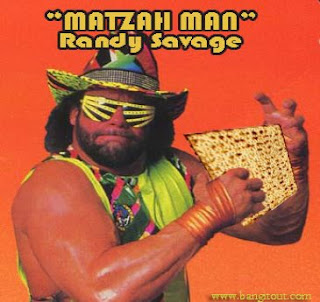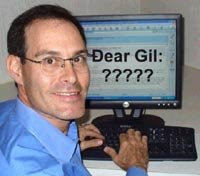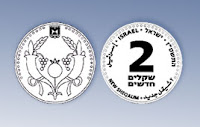Originally published as a guest blog post at Religion Transcends.
Tonight begins the festival of Shavuot, the holiday in which the Jewish people celebrate the revelation of the Torah at Mt. Sinai. Perhaps, the questions about the revelation of the Torah (when, what, how, if, and to whom) are the questions that divide the Jewish people today more than any other questions. The divisions among the modern denominations of Judaism all stem from the question of how the Torah was revealed to the Jewish people. The way in which individuals in the Jewish community consider the event that occurred at Mt. Sinai several millennia ago has vast implications for their approach to the Jewish faith. The sheer magnitude of that event, however, should force us all to transcend denominational differences and feel the power of community – whichever community we choose.
Never has the spiritual force of revelation affected me more than it did on the early morning of May 31, 1998. I had recently graduated college and was spending Shavuot at a local synagogue, where I served as the youth director. The assistant rabbi decided that the congregation would offer an all-night Tikkun Leil Shavuot (study session) and then a dawn service just before 5:00 in the morning.
It was a memorable night with many opportunities for Torah study with several wonderful teachers including three eighth-grade day school students. With delicious snacks and caffeinated beverages, about thirty of us managed to stay up the entire night. We decided to hold the minyan outdoors in the courtyard so we could enjoy the sunrise while we prayed.
The Torah service that morning took on new meaning for me. The Torah was paraded around and I had the sense that we really were at Sinai claiming what God had lovingly gifted to us. As I stood at the Torah for my aliyah, the sky began to get dark again. The Torah reader pronounced, “On the third day, as morning dawned, there was thunder, and lightning…” As the words “thunder” and “lightning” were uttered, a huge thunderstorm ensued. The Torah reader managed to get out a few more words, chanting “…and a dense cloud upon the mountain, and a very loud blast of the horn; and all the people who were in the camp trembled. Moses led the people out of the camp toward God, and they took their places at the foot of the mountain.”
At that point, the sky opened up and the heavy rains began. We grabbed the Torah and ran inside where the Torah reading was completed. As I wiped the raindrops from my glasses, I remember thinking that this must be divine revelation. This was the epitome of holiness. This existential experience was full of awe and majesty, thunderclaps, and lightning bolts. Best of all, it was shared with community.
This was a liminal moment in my life. That experience has had a lasting effect on my life in the decade since. Being shaken by the thunder, seeing the lightning, and hearing the words of our Torah convinced me that I really did stand at Sinai. We were all there together. As a community.
That was my revelation. What was revealed to me? The power of community. Was I really at Mt. Sinai several thousand years ago? Maybe not physically there, but with this community, during that early morning storm it was as if I were there. And that is the message of Sinai. A community gathered to receive a gift from God. How that gift is interpreted thousands of years later should not take away from the magic of that moment.
At a time when some segments of the global Jewish community do not recognize other segments as Jewish, let us put aside our denominational differences and hearken back to Sinai. One Torah was given to the entire community. Let us stand again at Sinai with our brothers and sisters, and feel the power of community.






 It is appropriate that Israel unveiled its new two shekel coin last Tuesday on the first night of Hanukkah. As reported on
It is appropriate that Israel unveiled its new two shekel coin last Tuesday on the first night of Hanukkah. As reported on 
